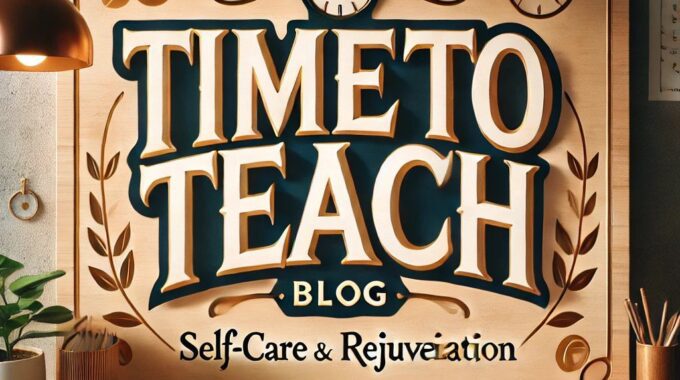As we turn the corner into spring, it’s the perfect time to refresh our teaching…
Avoid magical thinking: ‘Design for online’ this fall
We believe in thanking our sources! This post was sourced from the following blog/website: http://feedproxy.google.com/~r/dangerouslyirrelevant/~3/uXzLY5xMtnE/avoid-magical-thinking-design-for-online-this-fall.html
The following is a new blog post related to education and teaching and relevant to our website visitors. The blog post is not based on the opinions or values of our company but is related to education and teaching, so we wanted to share it with YOU! If you ever have any questions please let us know. Now… on to the post!
As coronavirus cases continue to increase across the country, numerous school districts are reluctantly announcing that they will be doing ‘remote learning’ again this fall. Although we had the summer to prepare for this eventuality, unfortunately we have instead seen a lot of magical thinking from educational leaders and policy makers.
As much as we want our children to go back to school in person, we can’t underestimate how harmful this magical thinking can be.
We are seeing a wide variety of school schedules being proposed for the fall, even in locations that are leading the world in infection rates. Many of them center learning in person at school as the main modality, with accommodations perhaps being made for students, families, and educators who are rightfully concerned about becoming infected with a deadly virus.
Given that every time a place opens up we seem to have a surge of infections there, centering a school’s fall reopening plan on in-person instruction sure feels like magical thinking. We aren’t providing schools with the funding or supplies necessary to keep students and educators safe and, even if we did, there are a number of other issues for which we don’t have very good answers.
Many of the schools that are still planning to be face-to-face this fall will have to switch over in the next couple of weeks. It’s also likely that a surge of cases in their area will shut them back down again soon after opening. Even those that are planning to start in person – either entirely or with a staggered schedule – realize that many families are going to keep their children at home. And schools may have to dip in and out of in person, online, and hybrid modalities throughout the year, depending on what happens with the coronavirus.
This is what I have been recommending to the schools and educators that I am working with this summer:
Design for online this fall. Even if you’re lucky enough to have students in person in your classrooms at some point, use that precious time to work on technology skills, social-emotional resilience, building students’ capacity to be self-directed learners, creating classroom community, etc. Given that you have some of your students learning remotely anyway, design for online instead of asking teachers to do double work for both in school and at home. Even the kids that are sitting in front of you in class should do their learning work online – the same learning work that the kids at home are doing. It’s incredibly likely that you’re going to have to be wholly remote at some point this school year anyway. Designing for online as your primary modality allows you maximum flexibility and a more seamless transition when you almost inevitably have to shift over to remote instruction. It also protects your staff from burnout, and most communities will support you.
I don’t see any other reasonable way to do school this fall. Anything else seems like magical thinking. Magical thinking that our schools and communities will be free of the virus despite inadequate safety protections. Magical thinking that students and parents will engage in appropriate mask wearing, hand washing, and social distancing precautions. Magical thinking that teachers can operate simultaneously in face-to-face, online, hybrid, and/or hyflex modalities all year, even with scant training on how to do so. Magical thinking that the decisions that we make this summer about in-person instruction are going to somehow hold for an entire school year. And so on…
Students and families are going to pay the price if they are in school systems that haven’t invested heavily this summer in professional learning for teachers to teach effectively online. Students and families are going to pay the price if they are in school systems that haven’t figured out how to remedy device and Internet bandwidth inequities. Students and families are going to pay the price if they are in school systems that continue to prepare primarily for in person learning and have neglected online learning.

 I also think it’s worth considering what we are fighting for this fall. Are we fighting for compelling visions of learning and teaching in person, or just child care so that people can get back to work?
I also think it’s worth considering what we are fighting for this fall. Are we fighting for compelling visions of learning and teaching in person, or just child care so that people can get back to work?
Our families gave us grace in the spring when we did remote learning because it was an ‘emergency.’ If we squandered the summer by engaging in magical thinking about returning in person this fall instead of making the organizational investments that we needed to make, they’re not going to give us the same grace again. And they’ll be right. We had our chance this summer to get better at online learning. And many school systems didn’t do nearly enough.
Is your school system ready to ‘design for online’ this fall and do it well?
P.S. We need to do this in higher education too…
Time To Teach reviews each blog post by our contributors but if you feel this is a blog post better suited for another page please let us know.
Teachers and Educators are our heroes. We want to thank you for the work you do!
Yours In Education!
Time To Teach












